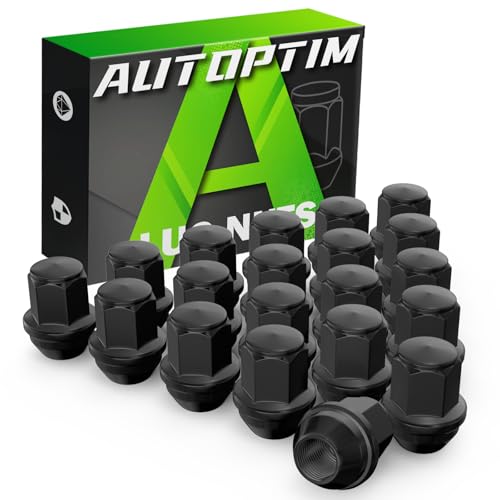Assuming your 72 has the stock spread bore intake, it's either the 4300D or nothing. The ford carb had a unique pattern that no one made an aftermarket carb for.
Your best option is to swap the intake to either an early M-code (70-71) iron intake, or one of the aftermarket aluminum options. This will allow you to run pretty much any square bore 4V carb out there. The iron intake with a thick gasket will fit a 750 cfm Holley vacuum secondary with no issues. It works pretty well to be honest.
FWIW, and this is just my opinion, the carb you linked is not a good value. A standard 750VS is perfectly fine for street use, the one below is the shiny silver with an electric choke for $200 less.
https://www.summitracing.com/parts/hly-0-80508sa/overview/
Couple it with the iron 4V or this intake
https://www.summitracing.com/parts/edl-2665














































